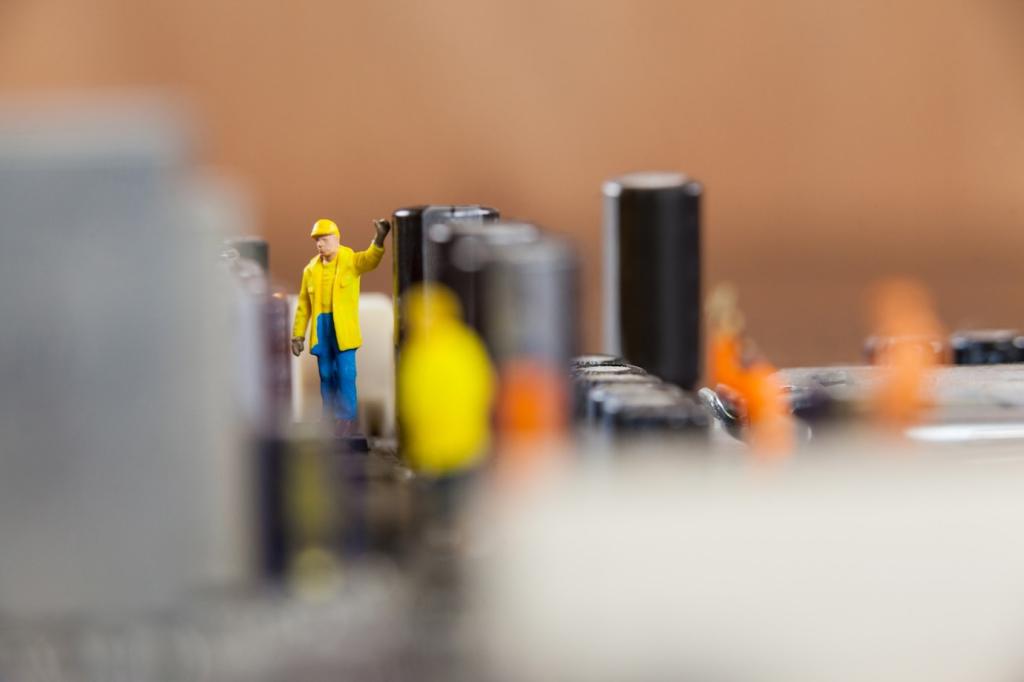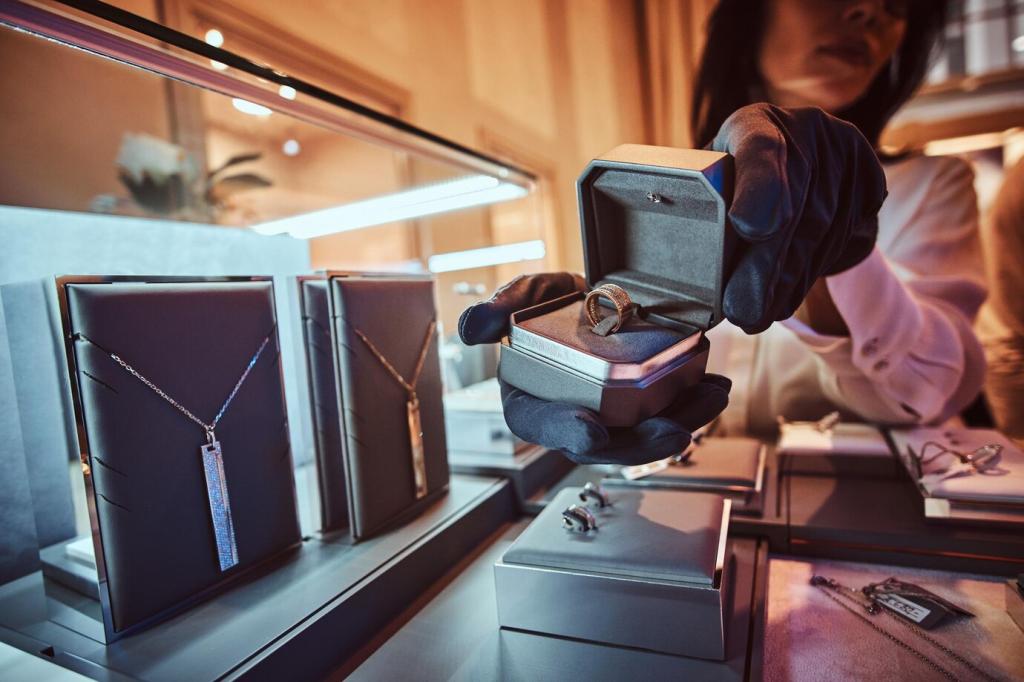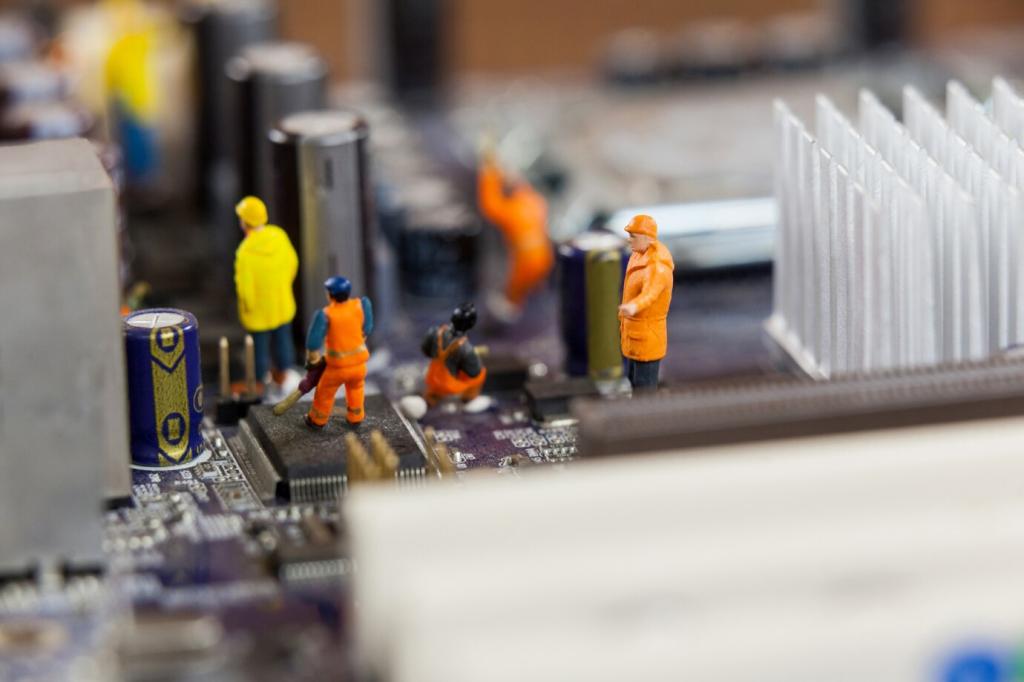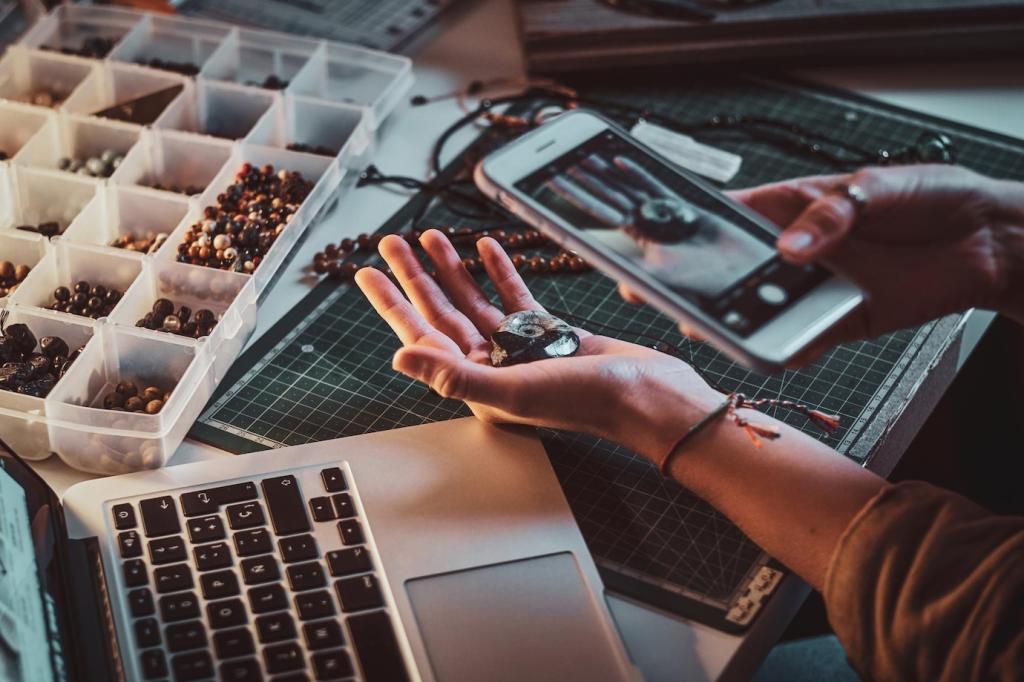Sound and Feedback: Buzzers and Buttons
Mechanical buttons bounce, causing multiple false presses. Start with delay-based debounce, then try a millis-based approach for responsiveness. Printing state changes to Serial helps you see exactly what the code believes, building your intuition for reliable, friendly interaction.
Sound and Feedback: Buzzers and Buttons
Use tone on a piezo buzzer to play a simple scale. Map button presses to notes, or trigger a confirmation chirp after successful uploads. It’s a playful way to learn timing, non-blocking loops, and how sound makes projects feel alive and welcoming.
Sound and Feedback: Buzzers and Buttons
Wire a button near a cardboard door and compose a short welcome chime. Adjust pitch and duration until it feels right. Share your sketch and a quick clip, and subscribe for weekly beginner-friendly prompts you can finish in a single evening.
Sound and Feedback: Buzzers and Buttons
Lorem ipsum dolor sit amet, consectetur adipiscing elit. Ut elit tellus, luctus nec ullamcorper mattis, pulvinar dapibus leo.








